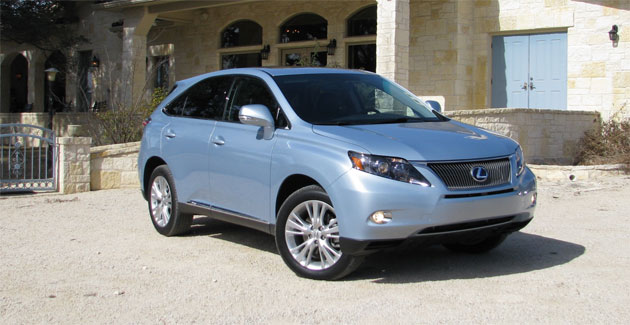 The main problem is that the remote control is terrible. Absolutely the worst. The only thing I want to do with a fireplace is put it in thermostat control mode, and have the arrows control the temperature. You can't do this with the Ortal remote.
The main problem is that the remote control is terrible. Absolutely the worst. The only thing I want to do with a fireplace is put it in thermostat control mode, and have the arrows control the temperature. You can't do this with the Ortal remote.
The reason you can't, is because when it is in thermostat mode, pressing the up/down buttons switches it into manual mode and changes the flame height. Every time you want to change the temperature, you have to hold the SET button (see manual on right), and then change the temperature. However, nobody else knows to do this, so they pick up the remote, push an arrow to change the temp, and they take it out of thermostat mode, and then they ask me why it's not working right.
The next problem is that getting it into temperature mode is confusing.
- First you have to light the fireplace, by holding UP/ON.
- Then you have to HOLD the down flame button for several seconds and wait until it enters pilot standby mode.
- Then you have to toggle the mode switch to the daytime thermostat mode (not any of the other 4 modes).
- Then you have to hold SET and check the set temperature, because it only shows one temperature at a time, normally the room temperature.


However, the remote is not the only problem with the fireplace.
Another problem is that the fans make a ton of noise.
This is one of their new cool-touch dual pane glass models. In order to make sure the front pane stays cool, it has fans that blow air up between the two panes of glass whenever the fireplace is on. However, the design of these fans is horrible and noisy.
First, they are mounted right at the bottom front edge of the fireplace, which obviously carries very well through the wall (even our marble wall).
Second, they used a continuous row of small-radius blower fans, spanning the entire bottom edge of the glass-gap. On our wide unit, there are six fans. These make a stupid amount of noise. And how much air needs to be blown anyway? I don't need the front glass to be room temperature, I just need it to not burn fingers. A little bit of ducting, and one large radius fan could have been remotely mounted so that it would not vibrate the fireplace or the wall, and would have been virtually silent. And the sole purpose of the fan is to keep the glass cool, because most of the airflow happens from convection all around the fireplace, due to the required wall openings at the top and bottom.
----
Currently, I'm trying see if I can get the remote replaced with the simple and reliable SIT Proflame 2 remote we have on some other fireplaces, even though it'll involve replacing the whole controller and maybe the valves. I'm not sure if it's possible, especially because our installation is behind marble.
I hope I can, because dealing with a fireplace this annoying is going to drive me batty.





